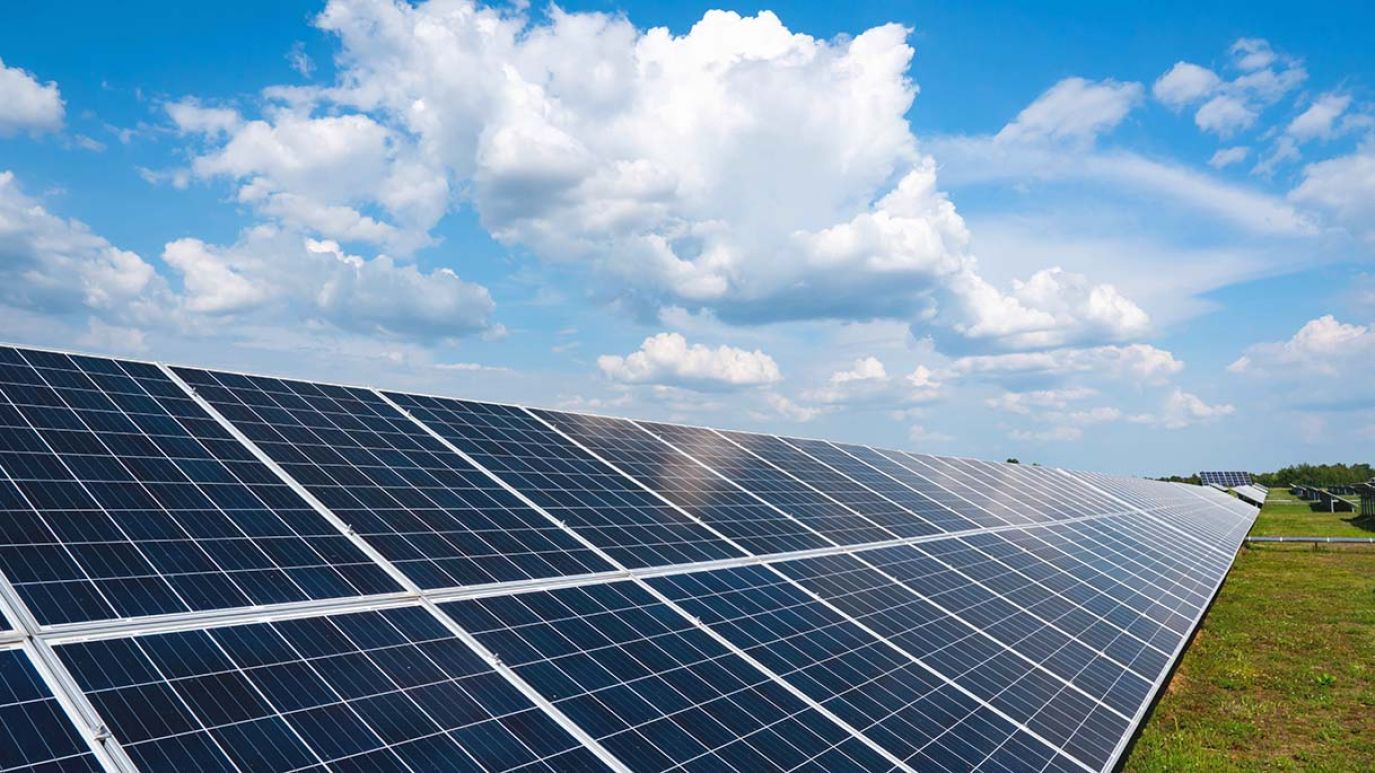-
Blog
The U.S. and Europe have a choice to make between cutting off Chinese solar panel imports and meeting their climate targets

China has become a world leader in the export of solar panels and modules, with an 80% market share. It now produces high-quality components at a fraction of the cost of domestic manufacturers. Despite lucrative incentives brought in by the Inflation Reduction Act, U.S. (and European) manufacturers are finding it hard to compete.
China boosted global shipments of solar panels and modules by over one-third in 2023, compared to 2022, according to energy think tank Ember[1]. It means that China accounted for nearly 80% of global solar exports at 220,000 megawatts (MW) of generation capacity in 2023.
Europe remained the largest importer of Chinese solar modules (with a regional share of just over 46%), while Asia saw the largest increase with a 23%. Brazil, India, Spain, Saudi Arabia, South Africa, Malaysia, and Pakistan were other major or growth markets.
The U.S. and Europe will struggle to meet their climate goals without Chinese imports
Analysis from energy research firm Wood Mackenzie suggests that the global economy would have to pay an additional $6 trillion for their energy transitions without cheap, but increasingly high quality, products from China[2]. Notably, China’s wind and solar installations are estimated to be more than double that of the U.S. and Europe combined – highlighting China’s lead in green technologies.
The U.S. and Europe have become increasingly concerned about their dependence on Chinese solar panels, and other forms of renewable energy products, including EV batteries and wind turbine components. Both regions have imposed high tariffs on the import of cheap Chinese green technologies, however both face a difficult choice between meeting their climate targets and cutting off Chinese supply chains.
Nonetheless, China’s dominance in the sector has brought about massive scale and cost reductions, with the country now said to be producing best-in-class photovoltaic modules at a cost that other countries cannot match. According to Wood Mackenzie solar PV module prices in 2023 stood at 0.15 $/watt for China – compared to 0.26 $/w in India, 0.3 $/w in Europe, and 0.43 $/w in the U.S.
European solar panels and components are almost exclusively from China
Recently, EU leaders agreed that the region could not close its doors to Chinese products due to their price and increasing quality if countries are to meet their climate goals. Doing so could compromise Europe’s ability to install enough solar capacity, with most of Europe’s solar panels and parts imported from China. According to the International Energy Agency (IEA) up to 95% of key components of solar panels are produced in China – a 40% increase in 2023 compared to the previous year[3].
Likewise, in the US Chinese imports of solar panels have dropped to record lows, with prices having fallen by over 50% in the last year, according to the IEA. In turn, US solar complex manufacturers have been forced to favor Chinese imports over significantly more expensive domestically produced alternatives.
U.S. in danger of becoming “de facto extension of China’s BRI”
On 12 March 2024, Mark Widmar, CEO of the largest U.S. solar manufacturer, First Solar, told a Senate finance committee that the U.S. was in danger of becoming “de facto extension of China’s Belt and Road Initiative”. While First Solar opened two new solar panel factories in Alabama and Louisiana following the IRA, in February CubicPV a producer of solar panel wafers scrapped plans to build a 10GW U.S. factory due to a dramatic drop in prices, it said.
Last year, the U.S. Commerce Department also placed anti-dumping and countervailing duties on solar shipments from Southeast Asian countries after it found that China had built five factories throughout the region to circumvent tariffs. There is a moratorium on the tariffs in place until June 2024.
According to BloombergNEF, domestically produced U.S. solar components will cost 18.5 cents per watt, compared to 15.6 cents per watt in Southeast Asia, by the end of 2024. It means that the incentives provided by IRA are still not enough to compete with Chinese and Southeast Asian solar products. The Biden administration remains concerned about the import of Chinese-produced solar panels, EVs, and Li-ion batteries, and it remains to be seen how the U.S. green-tech sector will respond.
[1] https://ember-climate.org/data/data-tools/china-solar-exports/
[2] https://www.woodmac.com/news/opinion/not-made-in-china-the-us$6-trillion-cost-of-shifting-the-worlds-clean-tech-manufacturing-hub/
[3] https://www.iea.org/reports/solar-pv-global-supply-chains/executive-summary
China’s 5G influence in developing economies
China’s Belt and Road Initiative and its digital counterpart, the Digital Silk Road, threaten to displace US telecom and tech companies in developing economies in Africa, Latin America and the Middle East. How can US operators and network providers stand up to the challenge?